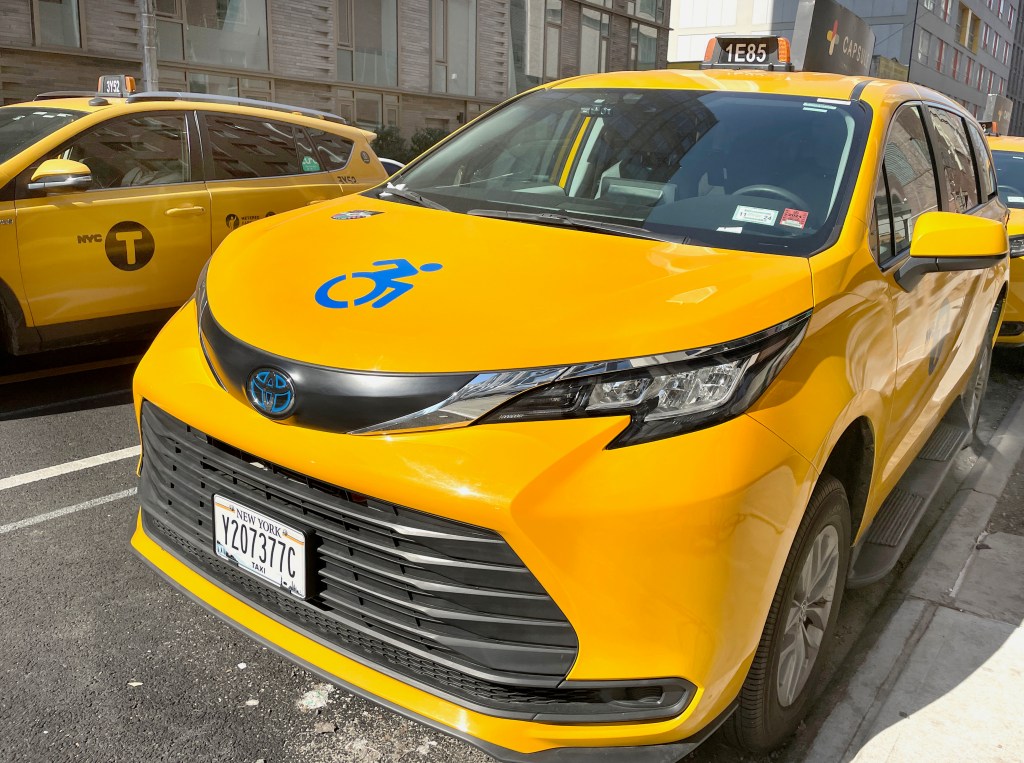Manhattan Federal Judge George Daniels was busy last Thursday, issuing a memorandum decision and order on two important cases related to making our public transportation accessible to people with disabilities, which happens to be a matter of federal law, the Americans with Disabilities Act.
In both lawsuits, Daniels sided with the public against bureaucracies that are failing to provide basic services to people using wheelchairs. Bravo for Daniels and a Bronx cheer for the bureaucrats.
It shouldn’t surprise that defendants are the MTA related to its frustratingly inept maintenance of its paltry number of subway elevators and the Taxi and Limousine Commission for reneging on an earlier settlement guaranteeing that 50% of yellow taxis are wheelchair-accessible vehicles (WAVs).
As we’ve long said, the MTA must achieve three goals regarding subway elevators. The first is installing elevators throughout the system. Having only 123 of 472 stations so equipped is outrageous and the agency has settled another lawsuit to get 95% of the stations outfitted by 2055. That’s far too long, but at least they are bound.
The next challenge is to keep the existing lifts working, which is the subject of this present case, filed in 2017. Using high-paid private lawyers, the MTA has been fighting against the court action and has sought to toss the case. Daniels rightly refused.
Think about it. Do you live or work in an elevator building? How often are all the elevators out of service? Most likely, never, but not underground, where too often in those places where there are elevators, they are on the fritz, stranding people who use wheelchairs.
Which brings us the third challenge, which should be easiest to meet and is also before Daniels: Providing timely and accurate info about elevator outages. The MTA runs 6,000 trains a day, which go for miles through underground tunnels yet they know exactly where each of them are at all times. Why is it so hard to keep tabs on a few hundred elevators when they break? Most station elevators only travel a few feet up or down. These things aren’t Wonkavators which go “up, down, sideways and every other which way you can think of going,” said the proprietor.
While Daniels properly denied the MTA’s bid to dismiss the elevator case, on the TLC he was tougher: Having agreed to phase-in a 50% yellow taxi WAV fleet under a 2014 deal, the TLC never got close. The first deadline was Jan. 1, 2020. Then it got pushed back to June 30, 2023, but the TLC fell far short. Not even a third of the yellows are WAVs.
As the judge wrote, “plaintiffs have been denied what they bargained for.” Blah, blah, blah, excuse, excuse, excuse. The fact is that most yellows remain unusable to people using wheelchairs. And at the current rate of converting half of all retiring yellows to WAVs, the TLC will only reach a 36.5% WAV fleet by 2031.
Instead, Daniels ordered a 100% WAV replacement for yellows as they are retired. At that rate, 50% WAV will come by 2028. That’s still eight years late.
